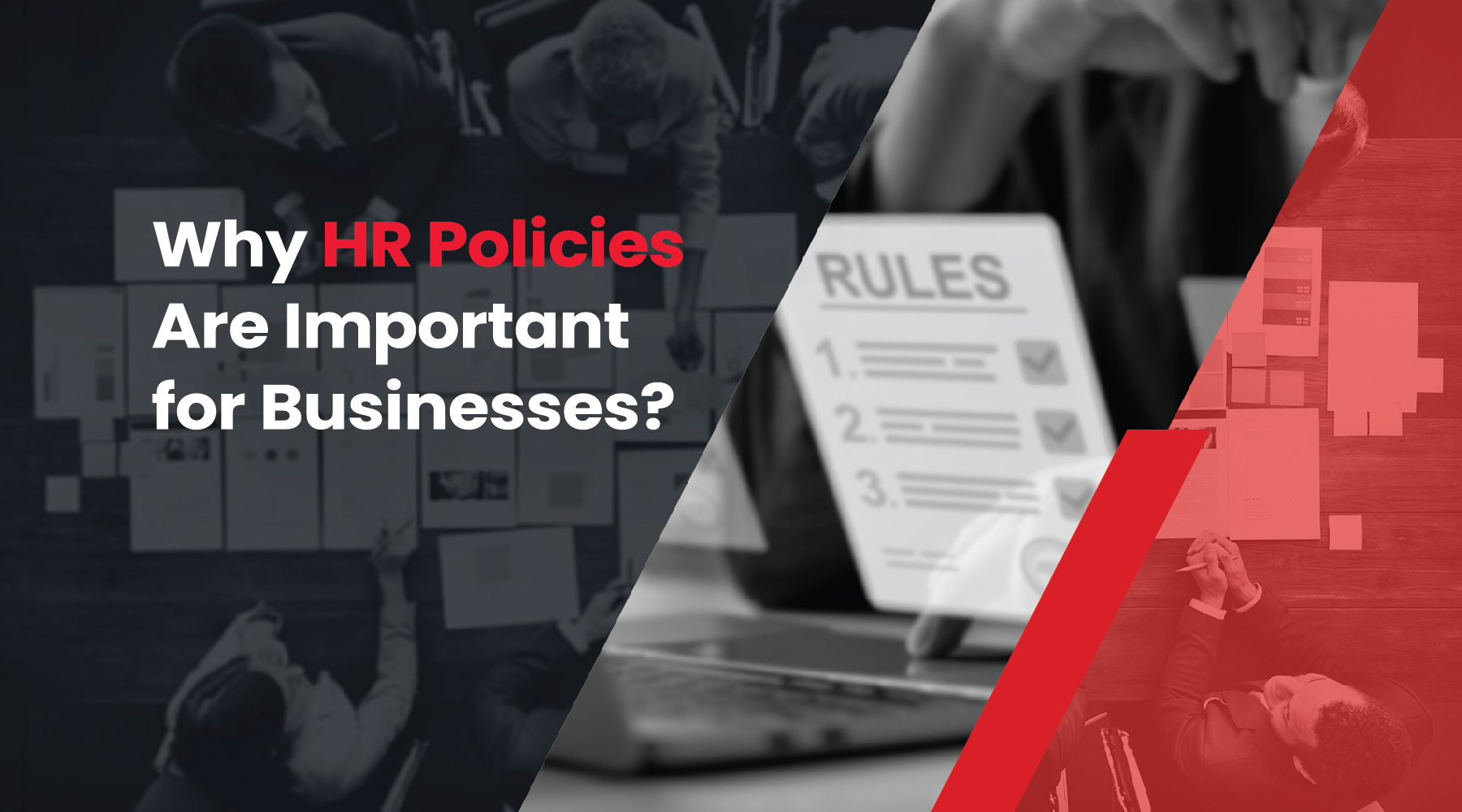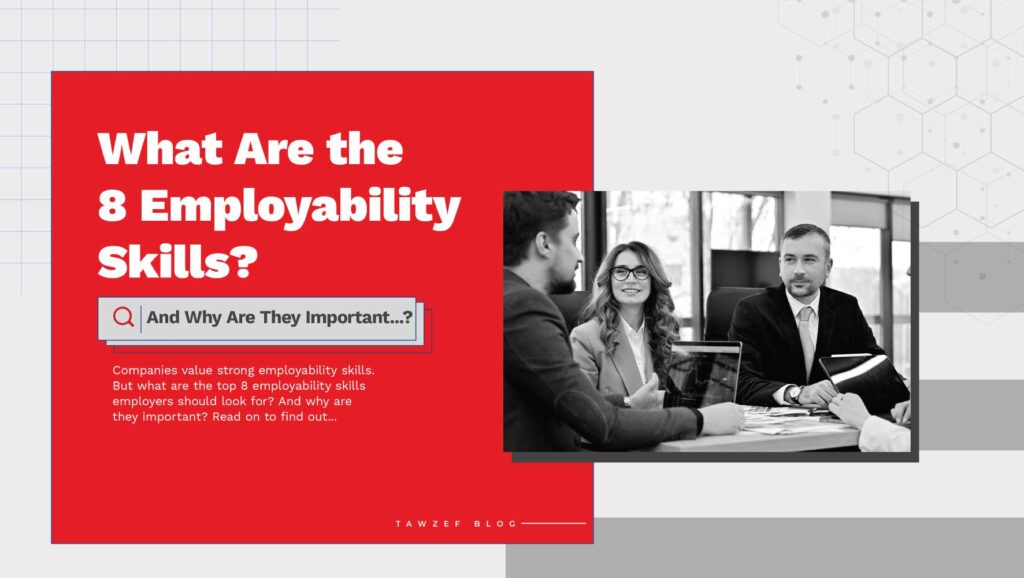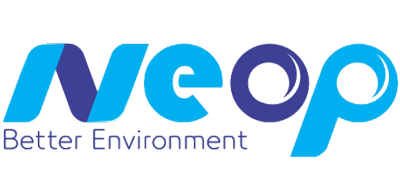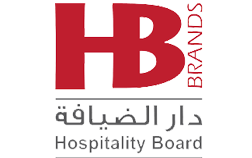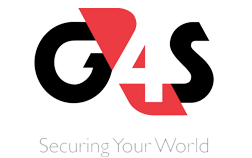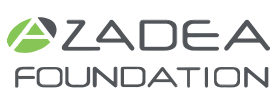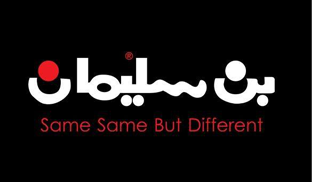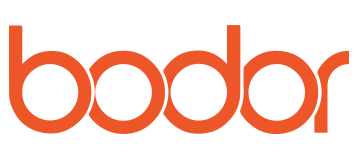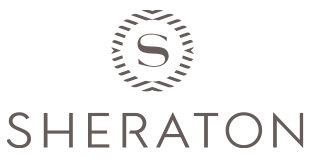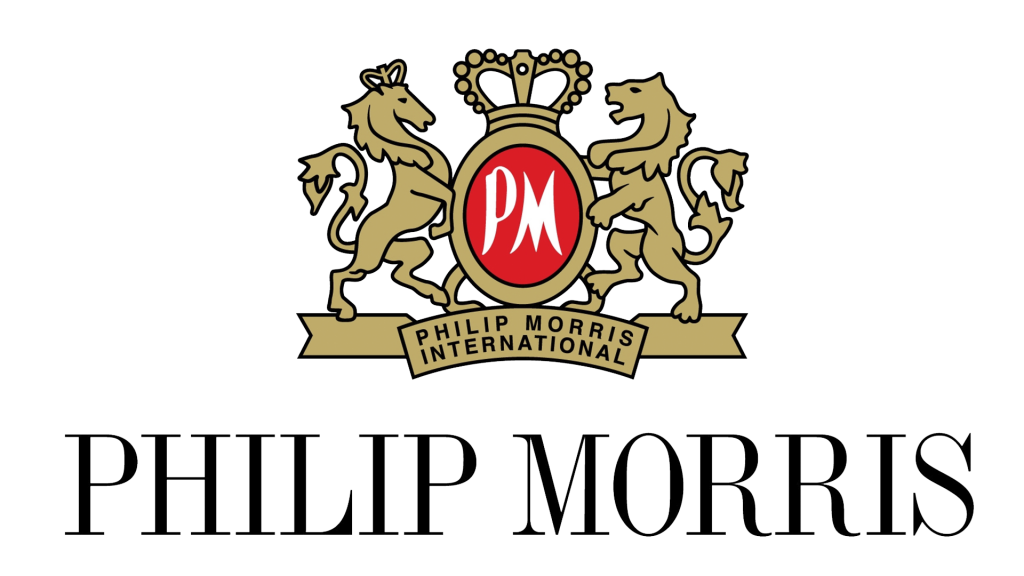HR people will often talk about the importance of HR policies. But employees, that is the rest of the company, have no idea what HR policies are or why they’re – really – important.
Generally, there are many misconceptions and myths about the HR field. Chief among those is how anyone can do an HR’s job.
But if that’s the case, how can a company create its HR policies and procedures list? It’s an HR manager’s job to do that.
After all, HR policies are meant ensure a smooth business workflow and guarantees employees’ and the organization’s rights.
To get a better understanding of why HR policies are important, you need to understand what an HR policy is, the different types of HR policies, and the benefits of having such policies. This is exactly what we’re covering in this article.
What is an HR policy?
To understand why HR policies are important, let’s first define what they are.
HR policies are guidelines used to define employee expectations, behaviors, and standards within the company.
They include defining and enforcing disciplinary measures and actions, when needed, along with your company’s obligations towards your employees and teams.
Your human resources department, team, or HR manager are responsible for creating and regularly updating your company’s HR policies.
New hires should get a copy of your organization’s HR policies and procedures manual.
The HR policies manual is often referred to as the ‘employee handbook.’
Why are HR policies important?
Now that you understand what HR policies are, let’s look at why HR policies are important for businesses.
Having HR policies means:
- Offering guidance on how employees and managers can resolve issues and conflicts.
- Providing guidance on how your company offers or handles employee training and development benefits. In this case, the policy can also include training KPIs and metrics to help managers manage the impact of a training.
- Providing guidance related to grade and salary structures, fair compensation and benefits, and other hiring-related activities.
- Having an employee onboarding process (whether they’re working in-the-office or remotely).
- Ensuring a sustainable and effective work environment.
- Ensuring the company is following labor laws and related labor procedures (in the country where it operates).
- Ensuring employer-and-employee accountability.
- Explaining the different opportunities and programs the company provides including: retirement programs, stock options, employee rewards program, employee engagement benefits, among others.
It should also cover your company’s compensation and benefits strategy, and how it handles aspects like maternity leave, medical leaves,…etc. - Communicating the company’s mission, vision, values, and goals.
It’s worth mentioning that HR policies should cover various aspects of employee relations within the company. This includes how:
- employees engage and collaborate with each other
- managers engage and work with their teams and sub-ordinates
- managers work together
- the business treats employees
- your company manages employee conflicts
HR policies aren’t designed for your HR team. Rather, they’re designed by your HR team for the entire company.
Companies establish HR policies to manage interactions and behaviors across the entire company. This includes your overseas employees, contractors, vendors and sellers, as well as your freelancers or contract employees.
List: HR policies and procedures
You’re probably thinking ‘HR policies cover all that?!’
And the answer is ‘yes, it does.’
Here is a list of the main HR policies and procedures:
1- Punctuality and attendance policy for employees and managers
2- Health and safety (especially in companies where there’s a likelihood of injury like construction companies or chemical firms)
3- Compensation and benefits in relation to attendance
4- Policies for meals and/or break-time policy
5- Leaves and holidays
This includes several types of holidays such as:
- Paid time off (PTO)
- Sick leave
- Maternity leave
- Parental leave
- Personal and annual vacations
- Unpaid time off (known as leave of absence)
- Mental health leave
- Bereavement leave
6- Employee classifications, grades, and relevant benefits
7- Diversity and inclusion policy
8- Policies for non-discrimination and anti-harassment (based on location)
9- Telecommuting or transportation allowance policy
10- Social media policy (to protect the company’s assets or employees’ time)
11- Confidentiality policies (usually about company clients, software, patents,…etc.)
12- Alcohol and drug policy (differs from one country to another)
13- Policies for personal devices and company devices (Ex: company laptop, mobile phone…etc.)
14- Dress code policy (usually in banks and customer-facing roles)
Create your company’s HR policy
Now, that we’ve explained what HR policies are, what they include, and their benefits, it’s time to create an HR policy for your business.
There’s no ‘best’ HR policies and procedures list. Every company, organization, startup, and government agency is different. So, there’s no one-size-fits-all.
Your HR policy and procedures list will differ based on:
- The size of your company
- The country you’re operating from
- Your industry
- The types of employment you offer (full-time, part-time, freelance work, contracted work, outsourcing…etc.)
- The types of jobs you’re filling (marketing roles, HR jobs, sales roles, administrative jobs…etc.)
Final words
Creating an HR policy is important because it defines how the business operates and how employees engage within the company. However, creating an HR and employee handbook is just the first step.
However, the main problem that most businesses struggle with – and the reason many companies fail to handle employee conflicts – is that the create the employee handbook, only to discard it.
We’ve mentioned the main types of HR policies that can suit different businesses around the world.
For example, not all companies need to include an alcohol and drug policy. Countries in the Middle East and North Africa (MENA) region are not likely to include this policy.
If you need help creating your company’s HR policies and procedures list, then reach out to Tawzef.
Here are other helpful resources you can check out on the Tawzef blog:
- 11 HR KPIs and Metrics to Measure for Better Business Performance
- What Are the Most Important Recruiting KPIs?
- 9 Employee Engagement Metrics to Track for a Better Work Culture
- What Causes Employee Burnout? [Expert Advice Included)
- Benefits of Employee Retention: 10 Reasons Why It Matters
- HR Budget Planning: How to Create an Annual HR Budget






